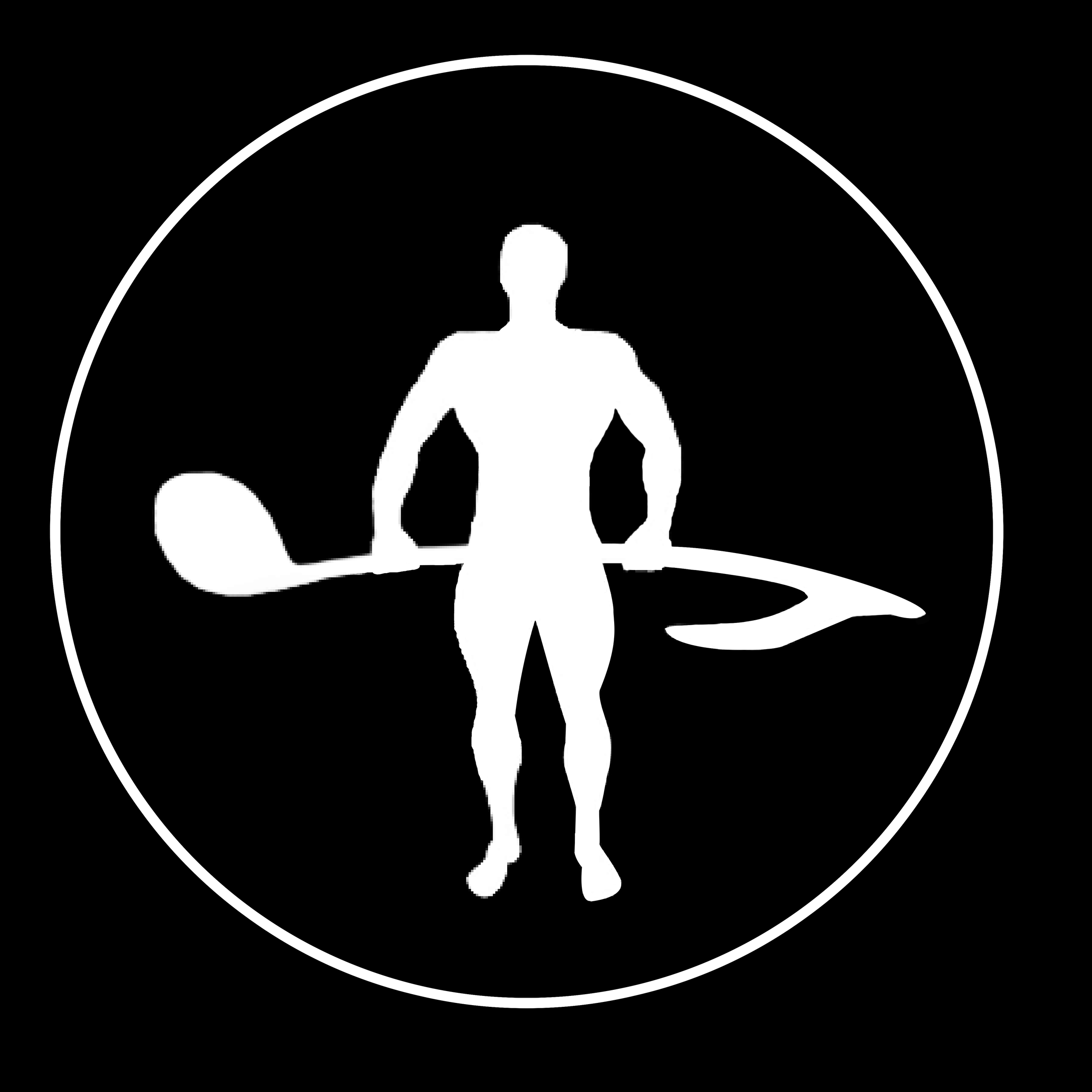Analysis: You Probably Thought This Would Be Fun
A section (click image to enlarge)
In this first edition breaking down the compositions from my album, PROGRESSIVE OVERLOAD, we’ll cover the first track: YOU PROBABLY THOUGHT THIS WOULD BE FUN. I began working on this tune in an airport during a long layover. I had been living in NYC for about nine months at this point, and there were some unexpected challenges not only with music, but with adapting to the lifestyle and culture of the big city. In that first writing session, I hashed out the harmonic and rhythmic basis of the A section, and during the following weeks I fleshed out the composition with the melody and the B section. When I compose, I use the computer. I once read that one of my favorite composers, Krzysztof Penderecki, composes in his garden away from any instruments. My imagination is not as sophisticated as Penderecki’s, but composing at the computer rather than the piano removes any bias towards muscle memory when I search for new ideas. I do my best to hear the parts clearly in my head (even singing them to myself if nobody is around) before replicating them in logic using software instruments. The title YOU PROBABLY THOUGHT THIS WOULD BE FUN references the shift in perspective I had between what I thought living in New York City would be like versus what my experience had actually been.
Introduction: 0:00 - 0:37
A Section: 0:37 - 2:56
B Section: 2:56 - 5:46
Introduction:
B section (click to enlarge)
As a band, we didn’t play the introduction live on any gigs. Quick transitions required from the synthesizer made it impractical. The pads you hear were played live in studio, and the line was overdubbed. This intro (as well as the A section) are constructed as a phrase of three 5/4 bars. The harmony is I-IV-I. Starting with the bassline, the goal with the rhythmic structure is to have an odd meter tune that grooves without being locked into a particular grouping (such as 3-2, 2-3, etc). The bassline divides each bar as follows: 3-2 for the first bar, 2-3 for the second bar, and 2.5-2.5 for the third bar. The synth pads and line you hear contain identical intervals. I started with a 4 note cell of 1, b2, b5, and 5 and move it up and down to fit the diminished tonality of the changing chords.
A Section:
Underlying the melody is the same rhythmic and harmonic structure from the introduction. With the bass and drums sequenced into logic, I came up with first the guitar line, and then the saxophone line. I was first inspired to use the idea of multiple melody lines from a Gary Thomas composition “AT RISK” from the album “BY ANY MEANS NECESSARY.” These melodies also fit into the octatonic tonality the synth pads and bassline are constructed on.
B Section:
Several people have asked me about the rhythmic structure of this section. The short answer is it’s in nine, however the nuanced answer is more involved. Unlike the A section, the B section is broken up consistently in a specific way. There are two bars of 2-3-2-2 and two bars of 2-2-3-2. The drum part breaks each piece of the bar into 3 equal parts (Paolo used the Purdie Shuffle as a framework for the groove). This means that the 2-3-2-2 is subdivided into three eighth note triplets, three eighth notes, and then six more eighth note triplets. One can hear this structure in the bass and guitar as well. The effect on the listener is a "modified 4/4." One portion of the bar feels as though it is slowed down (the 3 beat part broken up with straight 8ths). As in the A section, I wrote the melody last. The tonality of this section revolves around a 9 note symmetrical scale that I will explain in depth in future posts.
Alternate Versions:
If you haven't had enough altered dominant chords yet, you can listen to this version of the tune recorded almost a year before the record. We did this session at Tedesco Studios in New Jersey and experimented with using a click. The synth parts were played in by me at a later date.


